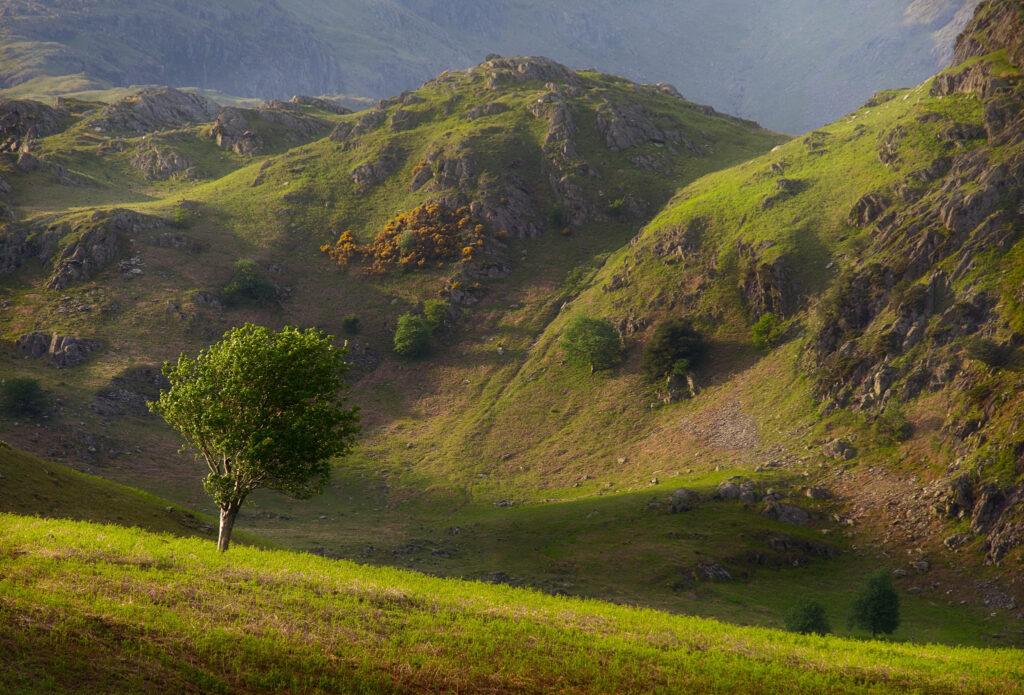It is hard to trace the exact origin of landscape photography since the very first photography that we know of was taken in an urban landscape during 1826 or 1827 by the French inventor Nicéphore Niépce. Then in 1935 the English scientist Henry Fox Talbot came into play with various photography innovations.
Traditions
Landscape photographs typically capture the presence of nature but can also focus on human-made features or disturbances of landscapes. Landscape photography is done for a variety of reasons. Perhaps the most common is to recall a personal observation or experience while in the outdoors, especially when travelling.
According to records, the earliest known evidence of a landscape photograph was taken between the years of 1826 and 1827. It was an urban landscape photo taken by a French inventor by the name of Nicephore Niepce.
The first landscape photograph

Modern Landscapes
How have landscape photography evolved?
The first cameras used for landscapes were simple wooden boxes with a photosensitive material coating a plate. After some photographic innovation, view cameras became possible. These cameras are also known as large format cameras and are precision devices built to capture reality in a way no other camera can.
Landscape photography commonly involves daylight photography of natural features of land, sky and waters, at a distance—though some landscapes may involve subjects in a scenic setting nearby, even close-up, and sometimes at night.



When did the genre of landscapes begin?
After the fall of the Roman Empire, the tradition of depicting pure landscapes declined, and the landscape was seen only as a setting for religious and figural scenes. This tradition continued until the 16th century when artists began to view the landscape as a subject in its own right. In the Eastern tradition, the genre can be traced back to 4th-century-ce China.
